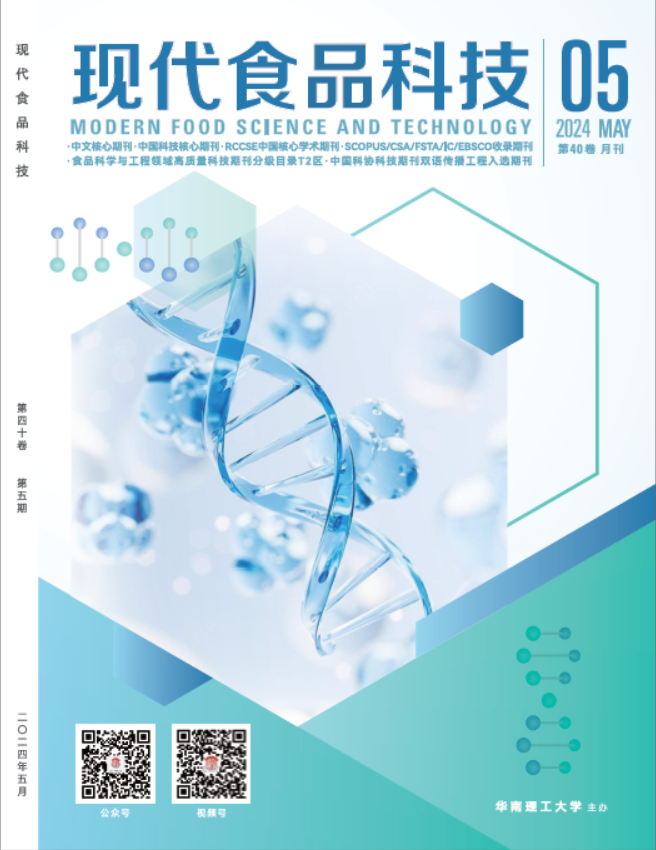Abstract:
In this paperstudy, the flavor substances in the original camellia oils were prepared by pressing withobtained by three treatments, including frying the seeds before pressing, and steaming the seeds before pressing, and boiling the oil after pressing (F-OCO, S-OCO, B-OCO), and key flavor substances in three original Camellia oils were characterized with headspace solid-phase microextraction gas chromatography-mass spectrometry (HS-SPME-GC-MS) and the relative odor activity value (ROAV) methods. A total of 12 kinds of alcohols (0.33%~5.69%), 20 kinds of esters (10.94%~16.50%), and 14 kinds of acids (0.63%~6.76%), 5 kinds of ketones (1.50%~6.76%), 13 kinds of alkanes (0.61%~3.00%), 7 kinds of olefins (6.94%~19.63%), 1 kinds of phenols species (1.21%~2.42%) species, 6 kinds of aldehydes (26.19%~52.32%), and 28 kinds of heterocyclic compounds (11.81%~42.84%) were identified in three original camellia oil. Principal component analysis results showed that the original camellia oils obtained by the three treatments differed significantly in the types of flavor substances, with a total of 106 flavor substances being identified in three original camellia oils. ROAV method results showed the significant differences in the key flavor substances in original camellia oils obtained by the three treatments. There were 48 flavor substances in F-OCO, with the key flavor substances being nonanal, n-hexanal, 2-pentylfuran, n-neoaldehyde, heptanoic acid, caproic acid, heptanal, benzaldehyde, etc. There were 38 flavor substances in S-OCO, with the key flavor substances in S-OCO being nonanal, 2-pentylfuran, γ-dodecolactone, n-new aldehyde, 1-octen-3-ol, n-hexanal, D-limonene, γ-octolactone, styrene, etc. There were 75 flavor substances in B-OCO, with the key flavor substances in B-OCO being nonanal, γ-dodecane Esters, n-hexanal, n-octanal, 2-pentylfuran, 1-octen-3-ol, and D-limonene.

